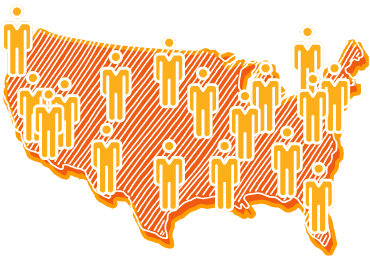HR's Guide to Internal Recruiting
4 Million Open Jobs
If every unemployed person in the country found a job, we would still have 4 million open jobs.


3 out of 4 Recruiters
say internal recruiting will play a major role in talent acquisition in the next 5 years.
Look into your Existing talent
Internal recruiting drives retention and saves time and money. But it can also lead to stagnation and jealousy. To succeed, HR leaders should:
Employees
Talent Needs
Hoarding
- ‹ prev
- next ›
- 1
- 2
- 3
- 4
- 5
- 6
- 7
3 million
fewer workers in the
labor force compared
to 2020, driven by demographic
factors such as:

Internal Hiring the Stats


McKinsey found that 40%+ of workers quit between April 2021–22 due to insufficient career growth.


LinkedIn found employees stay almost 2x longer at companies committed to internal hiring.


By focusing on internal hiring, 63% of talent professionals report faster hiring, and 69% agree it speeds up new hire productivity.


In 2019, HBR reported only 28% of recruiters valued internal candidates, but by 2023, 75% considered internal recruiting vital for success.
The 3 Golden Rules of Internal Recruiting
Don't Wait Take Action


Don't Wait Take Action

Plan For Critical Roles

Plan For Critical Roles

Overcome Tendency

Overcome Tendency
#1.
Don’t wait for employees to apply.
#2.
Plan for talent needs
#3.
Overcome managers’ tendency to hoard talent
Click the buttons to reveal the 3 Golden Rules

How can HR help plan for future talent needs?
- Partner with department heads to identify the key roles and skillsets you’ll need in the next 1-3 years.
- Regularly review industry trends, market shifts, and business plans to anticipate future talent needs.
- Use HR analytics to identify potential skill gaps, track employee development, career aspirations, and performance metrics.


